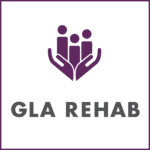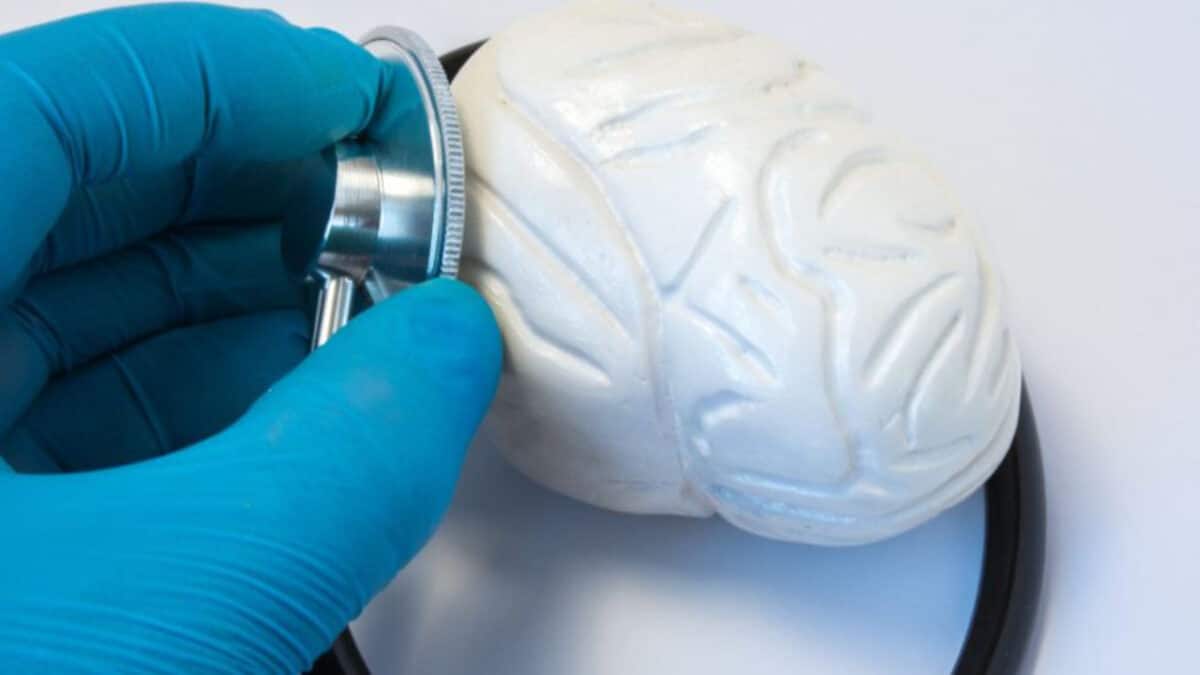When mild traumatic brain injuries (sometimes known as concussions) don’t heal as expected, clients are sometimes diagnosed with a condition called post-concussive disorder. Symptoms of post concussive disorder include headaches, dizziness, light and noise sensitivity, impaired memory and concentration as well as changes to mood.
These clients frequently note that they have less energy to participate in daily activities. Often, clients have sleep difficulties that further deplete their energy resources. Client will also comment that too much activity increases headache pain.
The result is that routine activities of daily living can be much more taxing than usual.
Occupational Therapists and Rehab Support Workers at Galit Liffshiz & Associates (GLA) use a strategy called “Energy Conservation” when working with clients with post-concussive disorder. This is a technique used to help clients engage in meaningful daily activity without increasing fatigue or headache pain associated with post-concussive disorder.
Here are some of the main components that we teach our clients:
PLAN
- Plan days and weeks ahead of time so that activities requiring more energy and less energy are alternated.
- Plan for days where there may be increased pain or fatigue – learn the “warning signs” that your body is telling you and stop an activity before you feel completely exhausted.
- Plan to complete activities that are the most physically demanding at times when you have the most energy, e.g. some people have the most energy in the morning and then feel more tired in the afternoon.
PRIORITIZE
- Recognize that everything may not get done and learn to be OK with that.
- Work to change your perspective on what “productivity” means to you. It may be that you have to learn that it’s best to be satisfied with completing fewer tasks more efficiently and without feeling overwhelmed by fatigue.
PACE
- Slow down the pace that you complete your daily activities. For example: every hour take a 5-10 minute break and use an alarm watch to remind you.
ELIMINATE
- Think about the activities you try to complete each day. Is there anything you would be comfortable eliminating for a while?
ORGANIZE
- Minimize clutter . Keep things in easy to find places so that little energy is used to locate them.
- Make sure items you use regularly are easily accessible. For example, try labeling boxes/storage containers.
EQUIPMENT
- Use technology/equipment whenever possible. Examples include an electric can opener, long-handled reachers, etc.
By using energy conservation techniques, therapists at GLA enable clients to lead more productive and satisfying lives with less fatigue and headache pain.
Please feel free to contact us for more information on the benefits of energy conversation in the treatment of mTBI.
Written by: Kathryn Decker, MScOT. Reg. (Ont).
Occupational Therapy Team Leader


